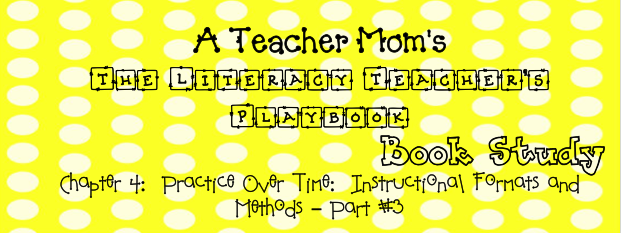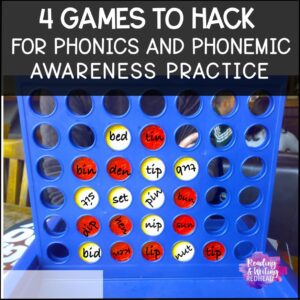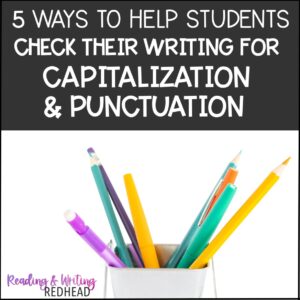
This week we are looking at the end of chapter 4 in Jennifer Serravello’s book The Literacy Teacher’s Playbook (I am reading the K-2 version but there is also a version for upper elementary- check them out below and click on the images to read more about them at Amazon).
In this section of the chapter Serravello details how to involve others (staff members, student’s parents, etc.) in helping this student. The key is to get practice over time on reading skills and the more people spending time on this with the child the better!
The next section provides advice for teachers who are planning for multiple students and across a week. This is useful- most teachers obviously do not see just one child at a time and we also need to plan ahead as much as possible!
Serravello includes a section here about knowing when goal has been met. This is not as simple as just waiting until a student reaches a certain score on a test so it good she goes into detail here.
The book has a very detailed appendix. The first section contains a lot of student work samples that you can use to work through some exercises she suggests – to practice analyzing data, interpreting it, establishing a goal for the student and coming up with an action plan. This is super because all the assessments are here for you and you can do this even if you are not currently teaching or if you are teaching but do not want to wait until you have time to administer the assessments to your student(s). Following that there is a glossary of assessment terms, forms for analyzing data in your classroom, pages for goal setting, planning, and possible reading and writing correlations and goals for students reading at levels a-f.
Overall I am very impressed. Lots of great information in this book and it could be helpful to everyone from a newer teacher to a seasoned one looking to reinvigorate the way she helps students who are struggling in reading.
I am excited for next week when we wrap this all up! See you then!






